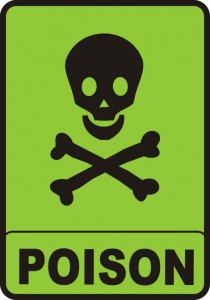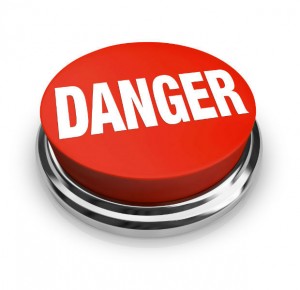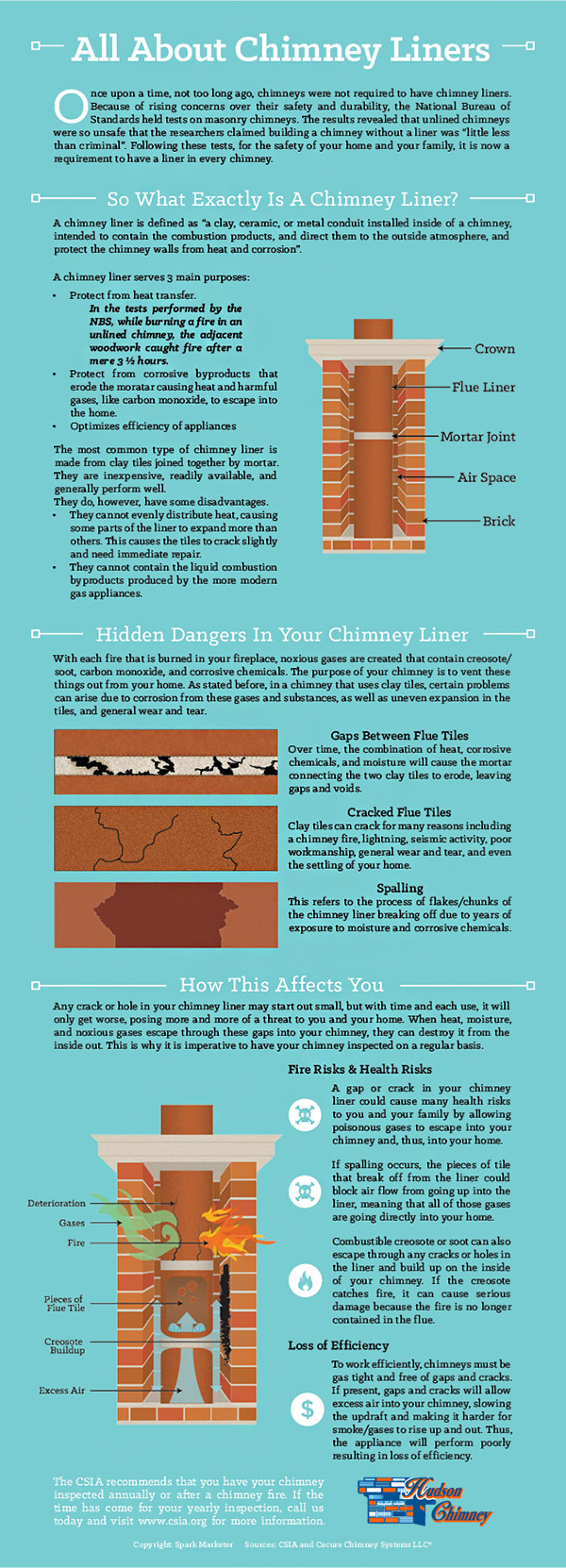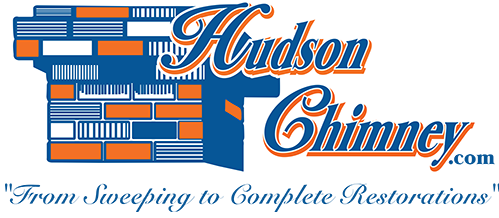by Mark Hudson | Oct 28, 2014 | carbon monoxide
When a professional inspects your chimney, he or she looks for a number of problems that could cause damage to your chimney or home as well as potential safety hazards. One of these hazards is carbon monoxide, which can cause health problems, including permanent brain and organ damage, to you and your loved ones in low doses and death in high doses. For this and other reasons, it is recommended by the Chimney Safety Institute of America that your chimney be serviced professionally at least once a year.

The easiest preventative measure against carbon monoxide leaks is to have your chimney cleaned in addition to its inspection by a professional. If you have a woodburning appliance, you have to be careful of creosote buildup in your chimney. Creosote is extremely combustible, making it a fire hazard. In addition to this, it builds up to the point where it will prevent proper ventilation of your appliance, not only causing it to become inefficient but allowing toxic gases such as carbon monoxide to stay in your home. An annual cleaning can prevent creosote build up. In addition to this, make sure you only burn seasoned cordwood. Burning unseasoned wood leads to additional creosote build up.
No matter the type of appliance you have, your chimney or stovepipe must be clear of all debris to ensure proper ventilation and the expulsion of carbon monoxide from your home. An annual inspection can help to ensure that your chimney or pipe is clear of such debris. Another way to prevent chimney blockage is to have a professional install a chimney cap. Not only does a chimney cap prevent water damage to your chimney and home, but it prevents animals and environmental debris from entering your chimney and blocking carbon monoxide from exiting your home.
If you have an oil or gas burning appliance, you still have to worry about carbon monoxide, even if it is not a direct byproduct of combustion. Oil flues must be cleared of soot in order to prevent blockage, while the flues of gas burning appliances are subject to corrosive circumstances. According to the Chimney Safety Institute of America, such appliances should be inspected regularly to ensure that toxic fumes such as carbon monoxide are allowed out of the house as well as to prevent carbon monoxide from becoming trapped inside of the home.
If you have not recently had your chimney inspected or cleaned, call Hudson Chimney. Their professionals are trained and certified to make sure that your appliance is safe to run and works efficiently to heat your home. They will be sure that you and your loved ones are safe from the dangers of carbon monoxide poisoning by thoroughly cleaning your flue as well as checking to make sure your appliance is in proper order for the cold winter months. In addition, if you think that you or a loved one is suffering from carbon monoxide poisoning, it is imperative to seek out medical attention as quickly as possible.
by Mark Hudson | May 27, 2014 | chimney maintenance
Carbon monoxide poisoning can be fatal. It can also cause other unpleasant symptoms like headaches. If your chimney is not regularly cleaned and inspected, obstructions can interrupt the flow of air…putting you in danger.

If anything clogs the air flow or draft in your chimney, you are at risk for carbon monoxide poisoning.
The Facts
Carbon monoxide is a toxic gas that is formed through moisture, incomplete combustion and negative air pressure. It usually happens when there are people who smoke in the house, fuel-burning devices most especially in your chimney. Carbon monoxide is common inside the chimney because of the air that goes in and out of the chimney and also the particles that come from open combustion; complete or incomplete.
It cannot be seen, felt and also doesn’t have any odor. When you experience symptoms like nausea, headache and fever that are all too familiar, you tend to think it’s just a case of the common flu. So you don’t have it examined by a medical professional. However, only a thorough medical examination by your doctor can determine whether or not it is carbon monoxide poisoning. A piece of advice: when you feel ill, go and see your doctor. Early diagnosis and treatment will benefit you in the long run.
Prevention
To proactively stop carbon monoxide from entering your home, it’s always good to have your chimney checked ad swept regularly. Also, the use of carbon monoxide detectors or alarms can prove to be very useful. They help in determining if carbon monoxide is present inside the house and if it is mild or already too dangerous.
A chimney cap will also help big time. It will lessen the chances for water to seep in since it’s the number one cause of most of the problems in the chimney. It can also prevent any bad air from coming in and allowing bad smoke to also go out properly.
We have been serving the beautiful people in the northeastern part of Florida for over thirty years now, we are proud of the services we provide. Let us become your trusted source for all things chimney.
by Mark Hudson | Apr 24, 2014 | chimney maintenance, fire safety
Problems in your chimney’s flue can pose a threat to your family’s health and safety. It is important to have a fully-functional and efficient chimney liner. Here’s what you need to know:

Is smoke coming in instead of going out? If you think your chimney liner needs repairing or replacing, Hudson Chimney can offer you the best services.
by Mark Hudson | Oct 28, 2013 | chimney maintenance
With winter approaching homeowners are more inclined to want to use their chimneys, but before you go making sparks make sure you and your family are safe. When having a chimney, keeping it maintained is one of the most important things you can do. Hudson Chimney of Florida is here to meet all of your chimney sweeping and inspection needs!
When there is a blockage in your chimney or it becomes damaged, it can stop the air from escaping properly, allowing Carbon Monoxide and other harmful things to stay inside of your home. Carbon Monoxide is an odorless, colorless gas that is extremely toxic. Because it is so dangerous, it can lead to death before the victim is even aware that they are coming in contact with the substance. Small levels of exposure can lead to you feeling like you have the flu, causing symptoms such as headaches, dizziness, nausea, and fatigue. Depending on your age and how long you were exposed, the symptoms may be more severe.

Carbon monoxide exposure can be fatal, but it can start with symptoms such as dizziness or headaches.
There are numerous ways that Carbon Monoxide can build up. Everyday items, such as generators, vehicles, or even your chimney can be the start of the problem without you even thinking about it. Knowing how to use and keep you appliances properly repaired can cut back on the chance of a problem. If you are in a space that you sense Carbon Monoxide in the air, evacuate the room immediately. Turning off what you think is emitting the gas will stop from creating more, but the room or area will need the proper amount of time to filter out what is already there.
Today, you can install CO alarms in your home, so if levels start to rise you will be alerted. To properly use these, there should be multiple alarms on all levels of the home. Some can be connected so that when one sounds, they will all go off throughout the rest of the home. These are not to be used as smoke detectors as they are made to sense different things. Lastly, alarms only work as well as they are taken care of so make sure that they are tested and have replaced batteries regularly.




